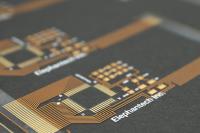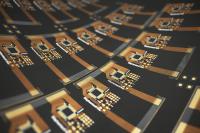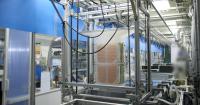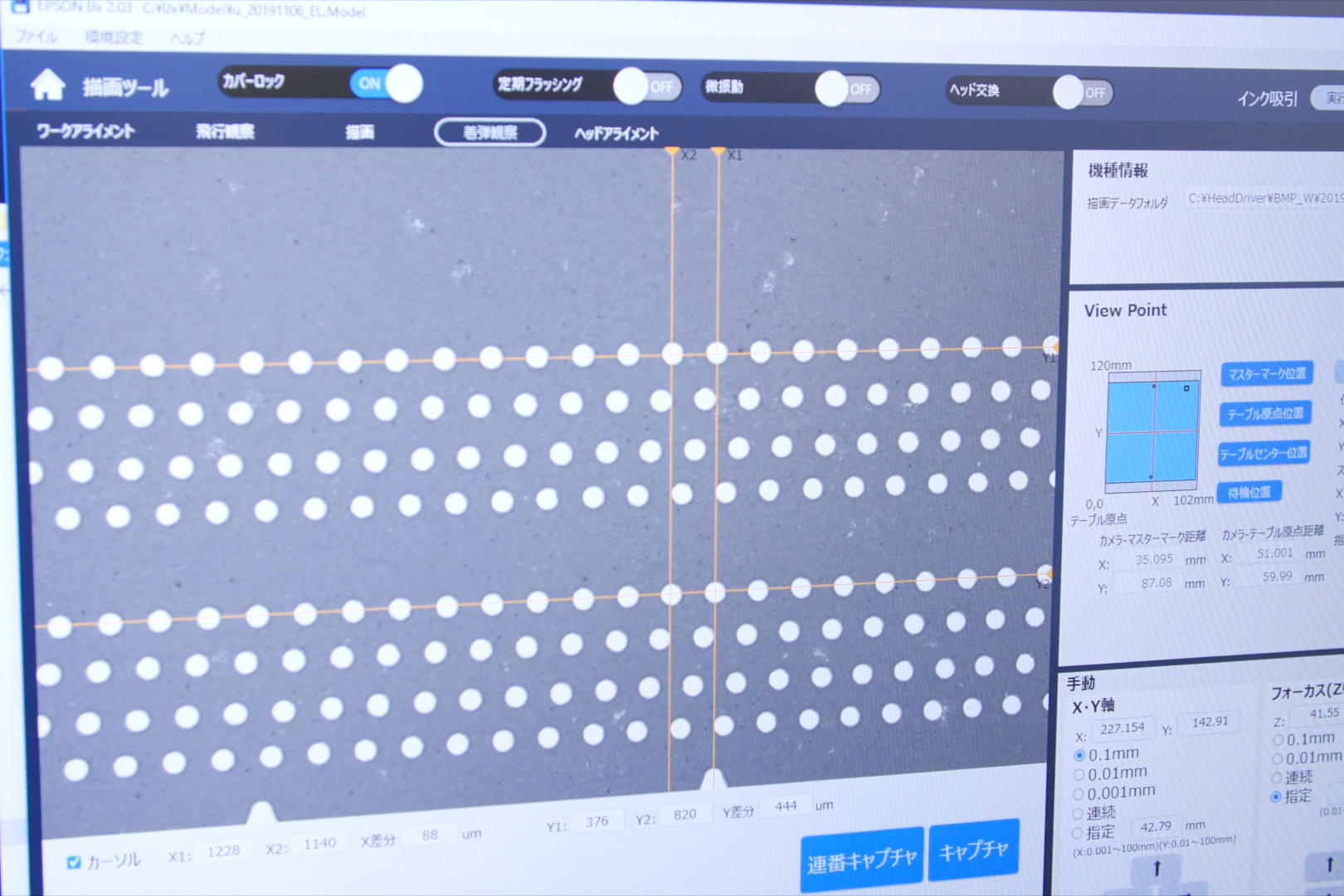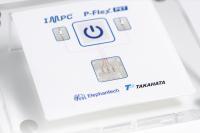AM (Additive Manufacturing) uses inkjet and other printing technologies to selectively stack materials onto desired areas.While 3D printing technologies lead the way in spreading the usage of AM,our aim is to expand AM through inkjet printing where there are advantages in terms of digital compatibility and modeling freedom.
Advantages of using AM in the manufacturing of theFlexible PCB P-Flex🄬
Elephantech’s PCB manufacturing method (Pure Additive™ method) involves using inkjet printing to print metal only where it is needed, thus reducing the environmental impact in terms of energy use, water use and waste compared to existing methods.
This contributes to 6.3 and 6.4 of Goal 6 and 12.2 and 12.5 of Goal 12 of the Sustainable Development Goals (SDGs).
Inkjet manufacturing requires no molding, making it suitable for customization and high-mix low-volume productions as it can be done by simply sending data.This characteristic is highly compatible with the manufacturing methods known as digital manufacturing, such as “Industry 4.0” from Germany and “Connected Industries” from Japan.
The copper wiring of Elephantech’sFlexible PCB P-Flex® is completely mold-less and is patterned by inkjet printing metal nano-ink, allowing for instant changes to the patterns on the production line by simply modifying the data sent to the printer.
We can make complex shapes that cannot be made by grinding, and this is what makes it so attractive.
Many flexible boards are manufactured by melting a selection of copper-clad laminates (CCLs), a line of copper foil of a certain thickness integrated with a film.So, you have to choose from existing ones manufactured in hundreds or thousands of meters, or pay a significant initial cost to manufacture your own CCL to adjust the substrate and copper film thicknesses.However, when manufacturing with AM, a variety of substrate thicknesses can be chosen as long as they are on a substrate with established drawing and adhesion, and copper film thicknesses can also be adjusted, albeit with an upper limit. In cases where thinner-than-usual metal films are required, inkjet could be considered a particularly useful method.
Establishing the AMC(Additive Manufacturing Center)
Elephantech launched the AMC (Additive Manufacturing Center) in April 2020 as an organization that promotes mass production using AM for the benefit of humanity and the planet.
The aim is to expand the AM technology that “prints metal nano ink only where it is needed” and make AM a major manufacturing method not only in the field of electronics but also in a wide range of other fields such as biotechnology, textiles and optics.
We hope to accelerate the expansion of manufacturing possibilities to further expand the innovative additive manufacturing of inkjet technology and its social implementation.
